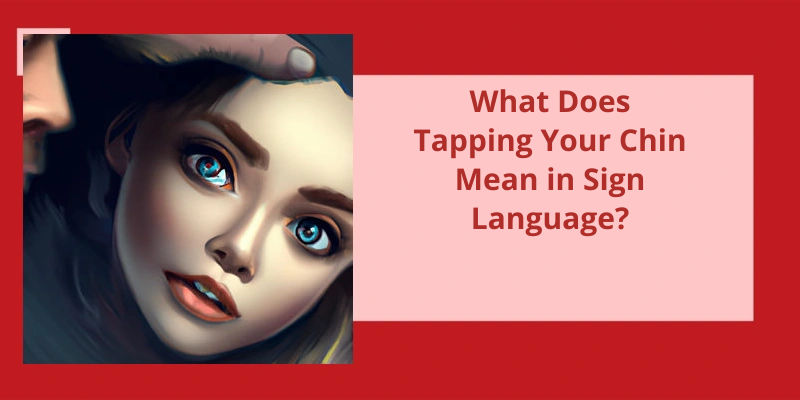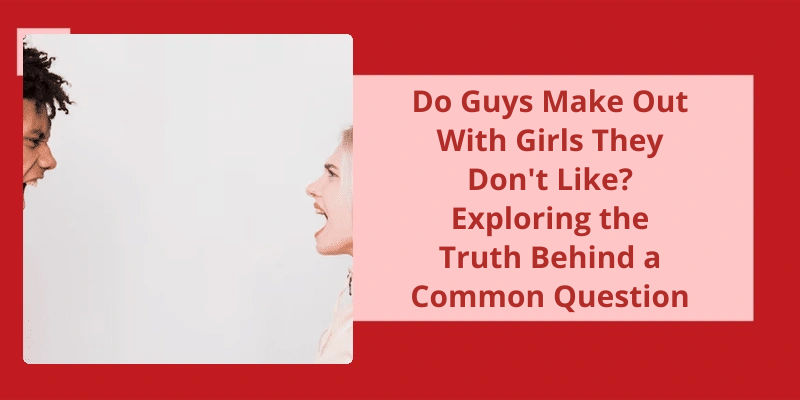Communication is an essential aspect of our daily lives and the way we respond to different situations and contexts defines how well we can convey our message. Sometimes, we come across situations where giving a direct answer isn’t always possible or even appropriate. In such cases, we may need to answer indirectly, which means that we omit part or all of the planned response but intend for our discourse plan to be recognized by the hearer. Answering indirectly requires a higher level of communication skills, as the speaker must ensure that their message is conveyed effectively without being rude, insensitive, or misleading. The art of answering indirectly involves reading between the lines, being tactful, and finding the right balance between being honest and diplomatic. This skill is particularly relevant in professional settings, where we often need to navigate complex situations with colleagues, clients, or stakeholders. In this article, we will explore the concept of indirect answers and provide some tips on how to answer indirectly in different scenarios.
How Do You Answer a Question Indirectly?
When faced with a question that you don’t wish to answer directly, answering indirectly can be a useful technique. Indirect answers can serve a variety of purposes, from avoiding confrontation to maintaining privacy or simply being evasive. However, answering indirectly can be a delicate art, as it requires finesse to convey information without giving away too much or offending the questioner.
For example, if someone asks you how much money you make, you might respond by talking about the industry you work in or the experience you’ve gained in your field. This information can give the questioner a sense of your financial situation without actually revealing your salary.
Another strategy for indirect answering is to use analogies or metaphors to convey your thoughts or feelings. This can be particularly useful in situations where a direct answer would be inappropriate or uncomfortable. For example, if someone asks you if you’re single, you might respond by saying that you’re focused on your career at the moment, or that you’re waiting for the right person to come along.
Giving a vague or ambiguous answer can also be a way of answering indirectly. This approach can leave the questioner uncertain or unsure of what you’re trying to convey, and can be particularly effective in situations where you don’t want to give away too much information. For example, if someone asks you if you’ve ever been arrested, you might respond with a non-committal “maybe” or “I prefer not to say.”
Another technique for indirect answering is to deflect the question back to the questioner. This can work well in situations where the questioner is being overly nosy or prying, as it can shift the focus of the conversation away from you. For example, if someone asks you how much you paid for a particular item, you might ask them how much they’d be willing to pay for it.
Finally, one effective strategy for answering indirectly is to simply refuse to answer the question. This can be particularly useful in situations where you feel that the question is inappropriate or irrelevant. For example, if someone asks you about your sexual history, you might simply say “I don’t feel comfortable discussing that.”. This can be a powerful way of establishing boundaries and maintaining your privacy.
Now that we’ve discussed the importance of using the correct phrasing in indirect questions, let’s delve further into the different ways to respond to them. Responding to indirect questions can be tricky, especially if you’re not familiar with the different types of responses to use. Nonetheless, by understanding the various response techniques, you can confidently communicate with others and navigate through any conversation with ease.
How Do You Respond to an Indirect Question?
When faced with an indirect question, it’s important to pay close attention to the wording of the question. Indirect questions are often phrased in a way that makes them more polite or less confrontational than direct questions, and they may also be used to gather information without sounding demanding. To respond to an indirect question, it’s important to understand the underlying intent of the question and to provide an appropriate answer.
Another approach is to use an introductory phrase or question to signal that you’re about to provide an indirect answer. This can be useful when you want to provide a more nuanced or detailed response. For example, you could say “Thats an interesting question. Let me think about it for a moment,” before offering your response.
If the indirect question can be answered with a simple yes or no, you may need to use “if” or “whether” to provide a clear response. For example, if someone asks “Can you tell me if the store is open on Sundays?” you might respond with “Yes, I can confirm that the store is open on Sundays.”
For example, if someone asks “Can you tell me how to get to the train station?” you might respond with “Sure, would you like me to give you directions by car or by foot?”
Common Examples of Indirect Questions in Social and Professional Settings
Indirect questions in social and professional settings are questions that aren’t asked directly but rather, in a polite and roundabout way. Examples of indirect questions include asking for someone’s opinion, asking for clarification, or asking for information without being too direct. These types of questions are often used to avoid offending or appearing pushy.
Conclusion
In conclusion, answering indirectly can be a useful communication strategy in certain situations where being too direct may be considered impolite or inappropriate. By expressing only part of the planned response, the speaker can guide the conversation towards a specific direction without revealing too much information or causing any discomfort. However, it’s important for the speaker to ensure that the hearer can still recognize their discourse plan and understand the underlying message being conveyed. Practicing the art of answering indirectly requires a certain level of skill and tact, but it can ultimately lead to more effective communication and better interpersonal relationships.






